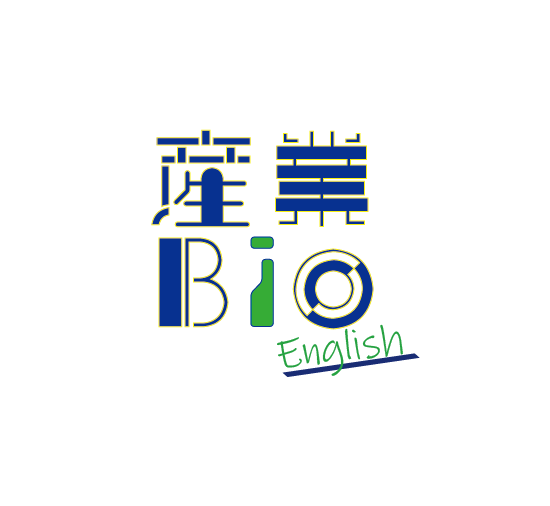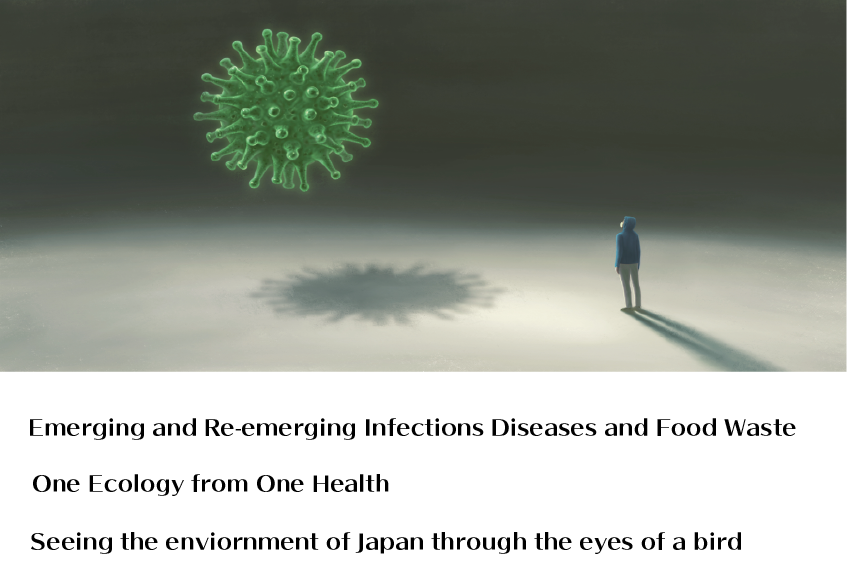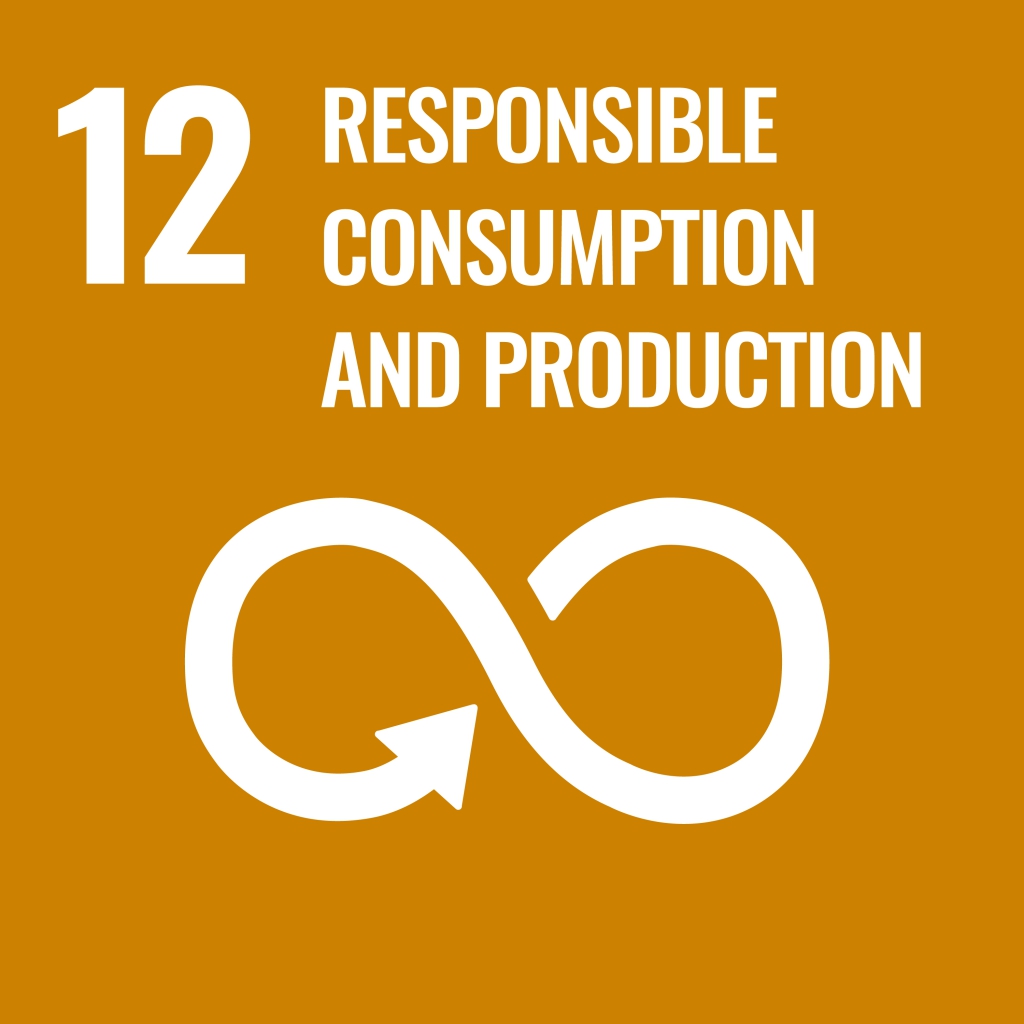We will explore the influence between food for humans and livestock through microorganisms (including viruses).
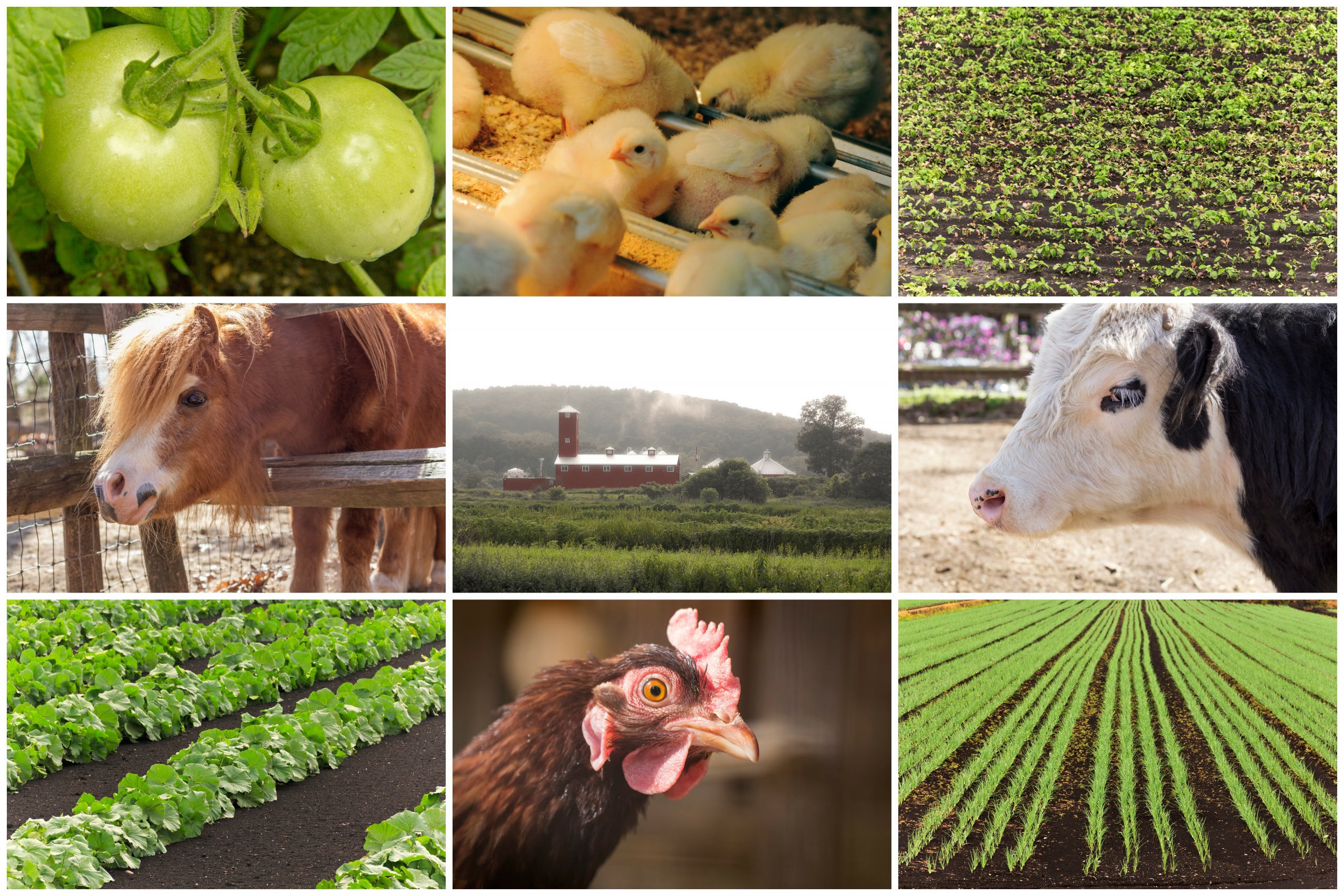
Emerging and Re-emerging Infectious Diseases and Food Waste
One of the main causes of livestock waste in food disposal is zoonotic diseases, such as foot-and-mouth disease, highly pathogenic avian flu, and swine cholera. These include foot-and-mouth disease, highly pathogenic avian flu, and swine cholera, etc. Many of the infectious diseases that have emerged since 1970, ( or are nearly under control) are now back in vogue, are called “emerging and re-emerging infectious diseases” . Many of these are zoonotic, meaning that they can be transmitted from animals to humans. It turns out that food waste caused by the mass killing of livestock is two sides of the same coin.
The emergence of infectious diseases is occurring against a backdrop of more comprehensive changes in human-animal relationships: changes in contact with animals due to human economic development and domestication. Recent rapid changes in the said relationship can be attributed to industrial and intensive animal agriculture. These shifts have come about through social change and diversification from Society 2.0 to Society 4.0.
The problem of zoonosis has led to the emergence of the One Health concept, which considers humans, animals and the environment as one. We believe that it is necessary to take the separate ideas of one environment for humans and one environment for humans and one environment for other organisms a step further and change it to a more comprehensive single ecology that emphasizes the relationship between human activities and other organisms.
- What is Society 5.0 ?
-
Society 5.0 is the future society that Japan should aim for in the 5th Science and Technology Basic Plan. “It is defined as “a human-centered society that achieves both economic development and solutions to social problems through a system that highly integrates cyberspace (virtual space) and physical space (real space). Before that, there were four types of societies: Society 1.0 = hunting society, Society 2.0 = agrarian society, Society 3.0 = industrial society, and the current Society 4.0 = informational society.
- What is One Health ?
-
“The concept that the health of humans, animals, and the environment (ecosystem) are interrelated and united.
 Prof. SUMIMURA
Prof. SUMIMURAWe suggest that the new society should be conceptualized in a different way and form than the old one, as one in which human society is re-embedded in the “relationship” between humans and animals, ecosystems including plants and microorganisms, and the physical environment.
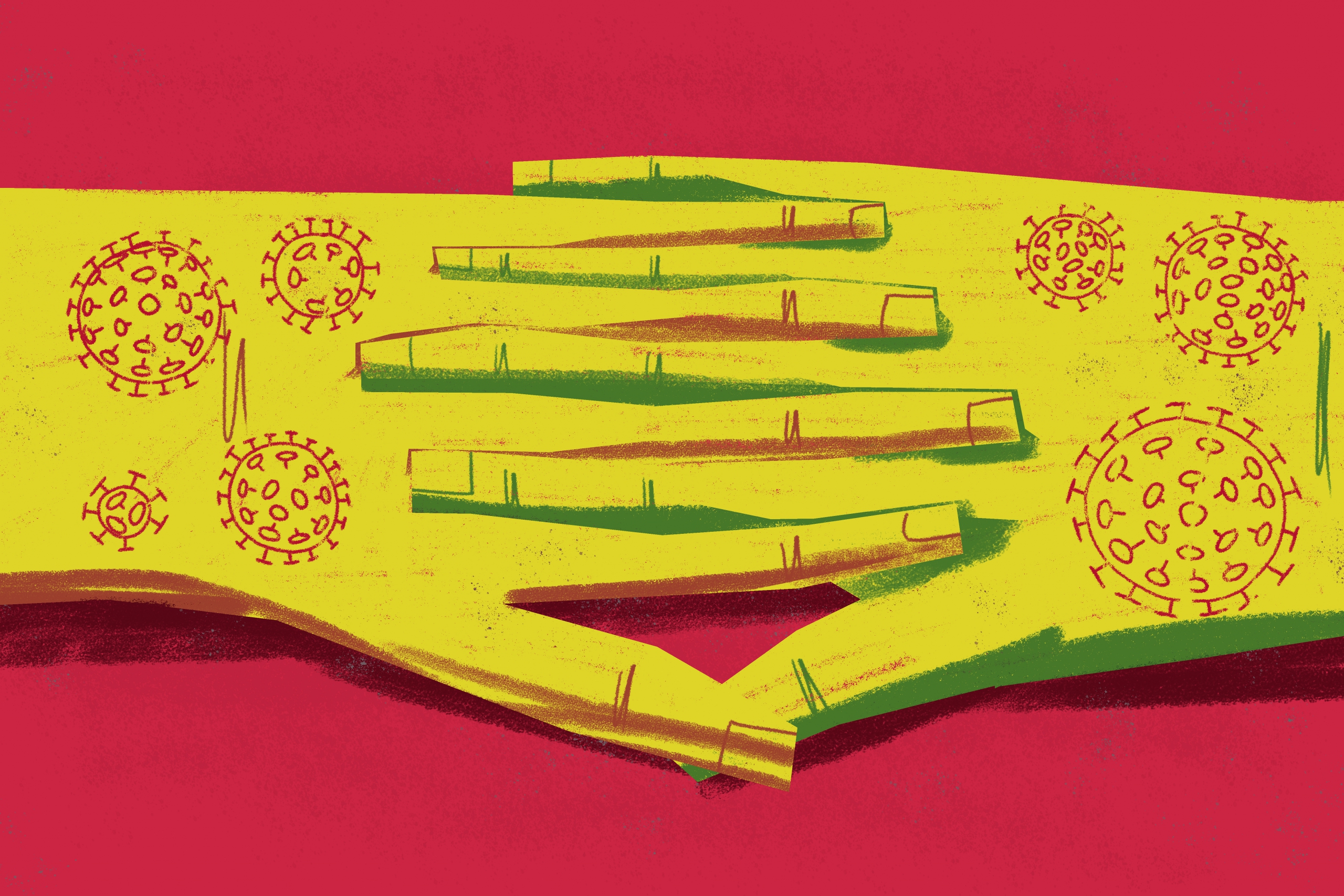

An exploration of livestock production and consumption leading to the emergence of zoonotic diseases
We will examine avian flu, one of the zoonotic diseases, and drug-resistant bacteria as the main targets, from the perspective of the Umwelt of living organisms, and question the asymmetrical relationship between human life and other life.
- What is Umwelt ?
-
The idea that all animals live in their own species-specific perceptual worlds and act as their own subjects. According to Uexküll, even universal time, space, and environment are perceived as unique time and space by each animal subject. It is said that animal behavior is the result of different perceptions and actions in each animal, and that each animal has its own specific meaning.
During the winter of 2020-2021, avian flu broke out in many parts of Japan. Fortunately, no human infections have occurred, but the killing of chickens as a countermeasure against infection began in Kagawa Prefecture in early November, and in January, a record 1.14 million chickens were killed in Chiba Prefecture, the largest number ever killed on a single occasion, and the total number has already exceeded 6 million. In addition, the fact that avian flu occurred frequently in Japan in the year of the global pandemic, and that the first case of infection in chickens occurred in Kagawa Prefecture, where there had been few cases in the past, is an important issue to consider.
- The economic inefficiency of food waste
- Vulnerability to infectious diseases of “close confinement” in industrial livestock production
- Ethical issues of killing and pre-disposal animal husbandry
- The relationship between humans and living organisms at the basis of civilization: breeding and cultivation
The relationship between humans and living things also needs to be fundamentally re-examined.
As for the avian flu that has spread on an unprecedented scale in Japan since the fall of 2020, the factors that led to the virus spreading to poultry farms may be related to climate changing the flight routes of migratory birds and pandemics changing human behavior. For now, our focus is on how migratory birds use their ultraviolet vision to find and descend on their flying grounds.
In the future, instead of pursuing these issues causally from a human perspective, we will deepen our understanding of looking at the environment of Kagawa Prefecture and Japan from a “bird’s eye” perspective, and in the process of applying this understanding, we will examine the relationship between humans and organisms from a new perspective.
Specifically, we are thinking of having artificial intelligence learn the visibility information that migratory birds are supposed to see, and creating a highly accurate avian flu prevention and warning system.



We propose concrete measures to avoid the economic loss of livestock farmers and the killing of livestock, and at the same time, we propose concrete measures to reconstruct a human-centered worldview.
